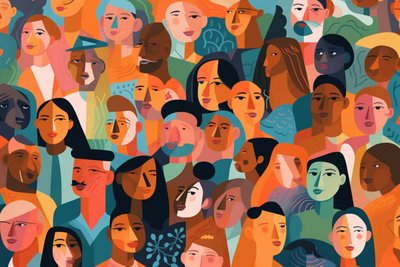News

Guidelines for Intersectional Justice
What is intersectional injustice?
Intersectional injustices refer to the discrimination and disadvantages experienced by individuals or groups who are structurally marginalized in multiple, overlapping ways. As shown in the image below, interconnected social injustices related to race, class, gender, geography, (dis)ability, sexuality, caste, education, and other factors can intersect. When they do, unique forms of structural discrimination and disadvantage emerge.
For example, the discrimination faced by a white Belgian woman is very different from that experienced by a Black queer person seeking asylum. The injustices the latter is likely to face are not simply the sum of racism, queerphobia, and xenophobia. Rather, they take on a unique shape that cannot be explained just by adding up the experiences of a "typical" person in each category.
Axes of intersectionality
Inspired by the intersectionality wheel presented in the United Nations (UN) Guide and Toolkit on Intersectionality.
The MAPS project is committed to intersectional justice as a guiding principle and cross-cutting theme. But how can this commitment be put into practice? What actions can a research project take to promote intersectional justice (IJ)?
How to promote intersectional justice in research projects
To begin with, it is important to recognize that efforts to promote intersectional justice can take place at all stages of a research project: from staff selection, through the different phases of the research process, to the final communication of results. This requires a continuous process of learning and unlearning, and an explicit acknowledgment of bias and omission.
Download the full report
https://mapsresearch.eu/cms/wp-content/uploads/2025/03/MAPS_D1-1_Project_Guidelines_on_Intersectional_Justice.pdf
